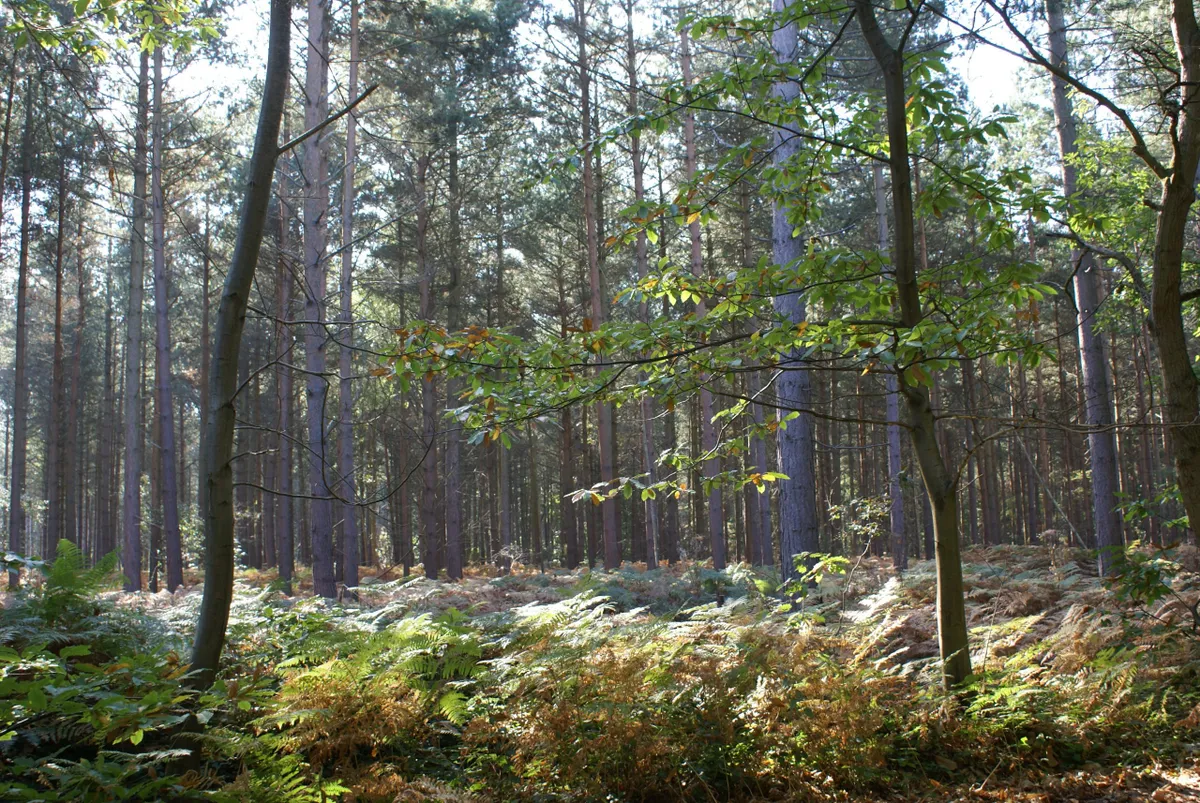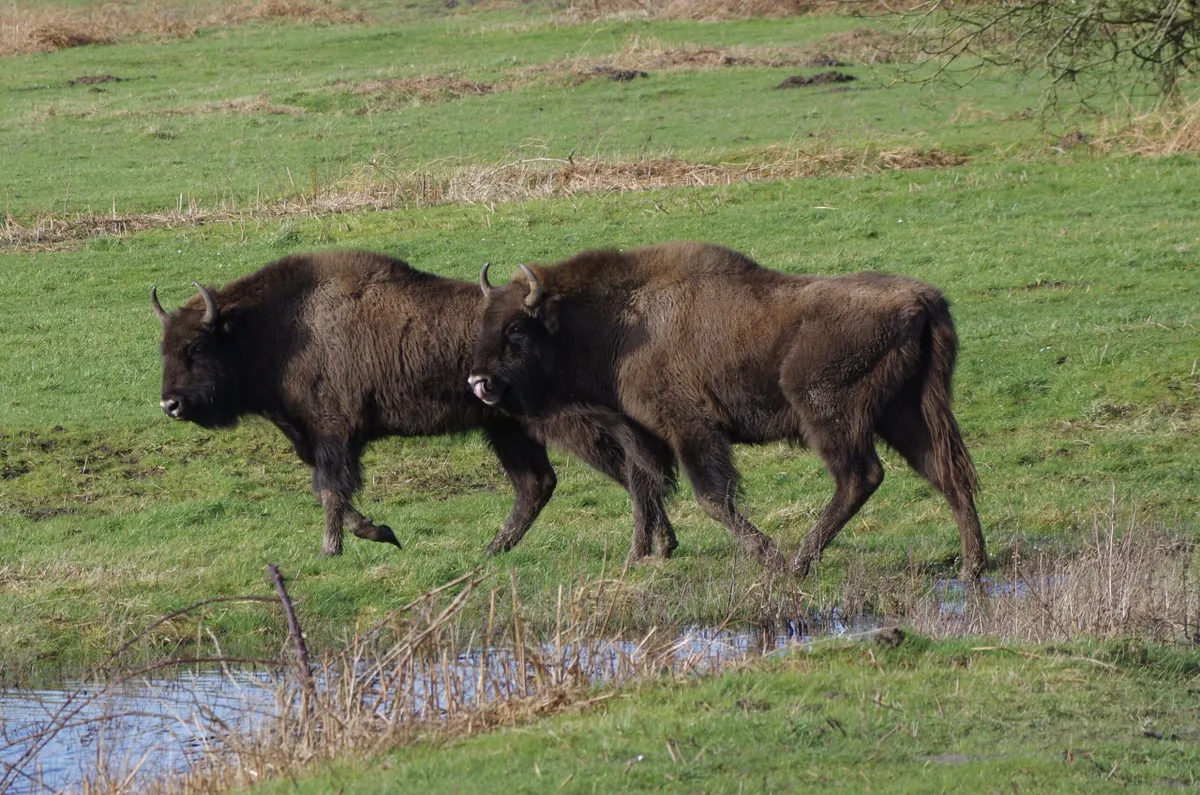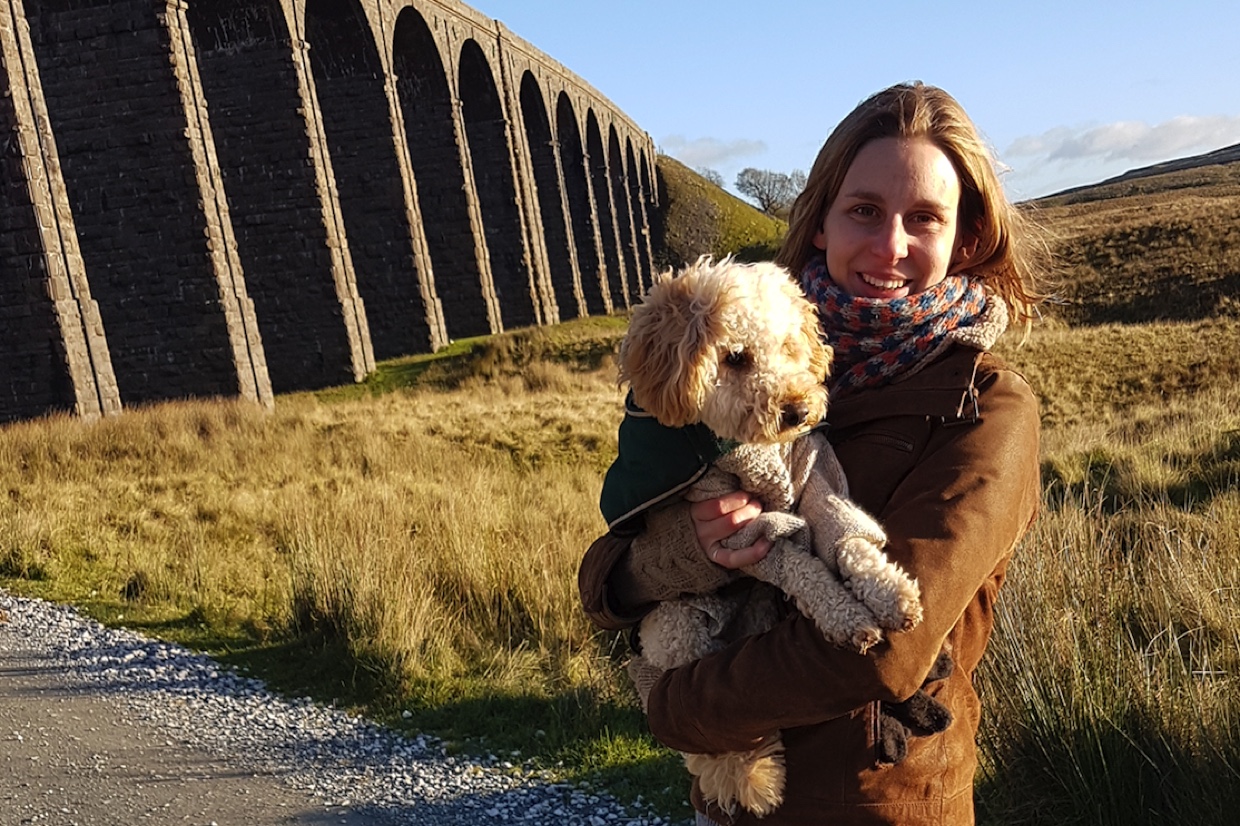Three wild bison have been released in West Blean woods near Canterbury in Kent, a nature reserve boasting one of the largest areas of ancient woodland in the UK.
The reintroduction forms part of a broader wilding project led by Kent Wildlife Trust and the Wildwood Trust, which has been made possible by a £1m award from the People’s Postcode Lottery Dream Fund. Its aim is to restore the woodland’s natural ecosystem, improve biodiversity and help store carbon.
“The Wilder Blean project will prove that a wilder, nature-based solution is the right one for tackling the climate and nature crisis we now face,” says Paul Hadaway, director of conservation at Kent Wildlife Trust.
“Using missing keystone species like bison to restore natural processes to habitats is the key to creating bio-abundance in our landscape.”
Known as ‘ecosystem engineers’, European bison will help naturally regenerate the West Blean woods through the unique way they graze, create ‘sand baths’ and fell trees by rubbing against them and eating the bark. This encourages more light to the woodland floor and creates improved habitats for a wide range of other species to thrive.
The European bison is the closest living relative to the steppe bison that is thought to have roamed the UK until it became extinct about 6,000 years ago. It is the continent’s largest land mammal, weighing as much as a tonne.

There have already been successful releases of bison in European countries, including Poland, Romania and the Netherlands, where people are reportedly able to walk through areas where bison are present without problems if a respectful distance is kept.
“The partners in this project have long dreamt of restoring the true wild woodlands that have been missing from England for too long,” says Paul Whitfield, director general of Wildwood Trust, the native species conservation charity responsible for the welfare of the bison.
“People will be able to experience nature in a way they haven’t before, connecting them back to the natural world around them in a deeper and more meaningful way.”

Initially the bison will be kept in a controlled, fenced trial area but visitors will be able to see the animals from raised viewing points. Both trusts are keen to engage and involve local residents and landowners with the project, which forms a key part of their vision for a ‘Wilder Kent’.
Whitfield says: “It will inspire people and demonstrate to policy makers that nature presents the answer to the crisis we face.”

